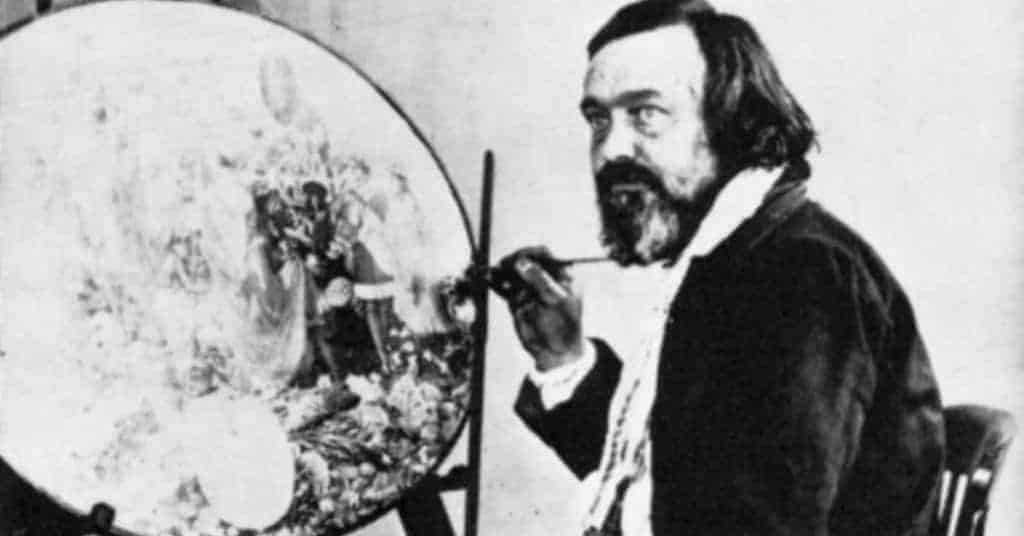Victorian-era London was an exciting time if you were a fan of murder mysteries and true crime. Almost every week, there would be a new story for you to feast upon, and the newspapers and periodicals of the day certainly never spared any details. Above all, there was a huge public appetite for stories of murders: the who, what, why and, perhaps above all, the how of killings were reported in minute detail. The photos of the victims were widely circulated and, if they were caught, the culprits became infamous celebrities, often right up to the moment of their execution.
But, of course, when it comes to crime in Victorian London, Jack the Ripper looms large in the popular imagination, often eclipsing all other crimes. Stories or gore, lust, greed and revenge have been lost to popular history thanks to our obsession with ‘Saucy Jack’. So, here we have ten crimes that shook London at the time but have been largely forgotten about today. In some cases, the culprits were caught and justice was served. But in other cases, the crimes went unsolved and remain a mystery…

“The Bermondsey Horror”
These days, Bermondsey, just south of the Thames and close to the iconic Tower Bridge, is a buzzing, metropolitan and increasingly popular part of London. So it’s hard to imagine that this area of fine restaurants and hipster coffee shops was once the scene of one of the most horrific crimes of the Victorian era. In fact, it was a crime so shocking that it became known as the “Bermondsey horror”. After all, it had everything: a husband and wife team of killers, a spurned lover, a grisly murder and, to the delight of the public, a satisfying conclusion, ending with a colorful trial and then a double execution.
Marie Manning had come to London from her native Switzerland in the 1840s. Like many women of her low social background, she found work in domestic service.. It was here in London where she met the two men whose fate would become intertwined with her own. First, she met Patrick O’Connor, a moneylender who had amassed a tidy fortune and earned himself a reputation as a hard man in the London Docks area. The pair became lovers. Marie then met a pub landlord by the name of Frederick George Manning. She married him and took his name.
After a while, Marie realised that she would never get rich with Manning. Though he promised her that he was set to inherit a great fortune in order to convince her to marry him, this looked increasingly like a lie. Having developed a taste for the finer things in life through her work with the upper classes, Marie looked for another get-rich-quick scheme. She came up with the plan to kill O’Connor, whom she had still been seeing despite getting married, and runaway with his riches. One evening, then, she invited O’Connor to her Bermondsey house for dinner. The trap was set.
Before they dined, Marie suggested to her guest that he might want to wash his hands. He agreed and, as he stood over the sink, she took out a pistol and shot him, point-blank, in the head. Remarkably, this didn’t do the job. So, Manning, who was in on the plan, fetched an iron bar and caved his head in. The murderous couple then tossed the body into a pre-dug grave under their kitchen floor and covered back up with heavy flagstones. Over the next couple of days, Marie went to O’Connor’s home and started taking his share certificates, cash and even his furniture.
Soon, O’Connor’s friends grew suspicious. Two of them visited the Manning household. While they found nothing, they nevertheless notified the police of their suspicions. The day after, constables came round and noticed liquid coming out of the kitchen floor. They lifted the stones and found the body. It didn’t take long for the culprits to be apprehended: Marie in Edinburgh and Manning in Jersey. The pair had fled having divided up the loot. They were brought before a judge at the Old Bailey and, after a trial that lasted two days, found guilty and condemned to death.
According to newspaper reports of the time, Marie tried to strangle one of her female guards while awaiting execution. On the day, however, she faced the hangman with calm. Which is more than can be said for the watching crowd. Charles Dickens estimated that as many as 50,000 people came to watch. Manning dropped first, and then Marie. The story of the Bermondsey Horror had a suitable ending.

